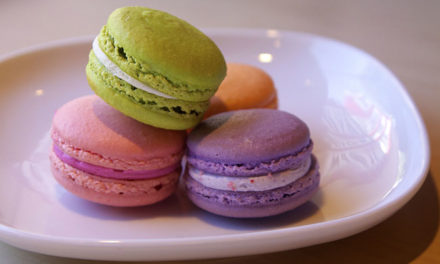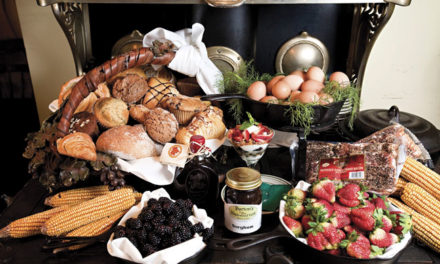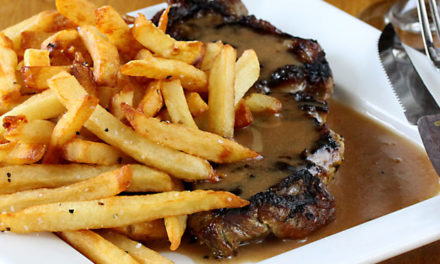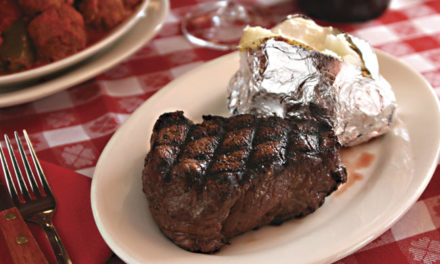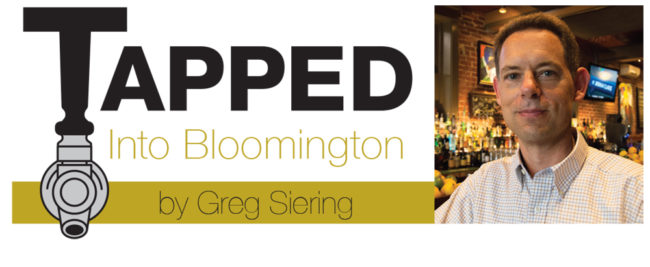
by GREG SIERING
When you visit our local breweries, you likely have a few favorite go-to beers, but you may also get intrigued by that newest addition to their taps. Ever wonder how our local brewers come up with those new beers, and how they move from experiments to regular slots in the brewery’s rotation?
A few of our local brewers still do some small-scale experimentation, playing with new flavors or ingredients at the 5- or 10-gallon scale that homebrewers use. These small-scale batches are often used for experimenting with a new hop or malt that has just been released, or to let brewers play with completely new flavor combinations, as Steve Llewellyn from Function Brewing has done with flavors in his Anticlockwise, a gin-spiced blonde, and Cube, an Earl Grey Milk Brown Ale. Professional brewers can typically put together a basic recipe with confidence, but a unique experiment might call for an initial small batch.
Mitch Roelecke from Switchyard Brewing notes that a homebrew-sized system has long been part of their experimental approach, but they recently moved from a 5-gallon setup to a 15-gallon pilot system, so the resulting beers last on tap more than a few hours, letting them get more customer feedback through the brewery’s “Switchyard Labs” pilot program. While many breweries have pilot programs, he says, they can often rely on customers’ desire for experimentation to make a full batch a risk worth taking. “Because a large pocket
of consumers crave the new, interesting, and sometimes downright bizarre,” he says, “breweries don’t have to worry so much about how great that latest experiment may or may not be.”
Jarrod May, head brewer at The Tap Brewery, moves directly to mid- to full- sized experimentations. He often watches the guest taps in the bar to see what types of beers seem to be popular, relying on his knowledge and experience to put together a recipe that meets those trends. He will often do a short batch—ending with about 5 1/2 barrels (170 gallons) of beer—to see if a new recipe will take off. So, when he concocted his Caribbean stout with banana and rum, he made a short batch, knowing it might have limited appeal, while a really popular style like a New England IPA might go straight to a full 10-barrel batch.
Matt Wisley, lead brewer at Upland Brewing Company, uses a range of batch sizes to pilot new beers, starting with a homebrew-sized system to test “more unconventional ideas and ingredients.” Promising recipes can move to the pilot brewery in Upland’s Fountain Square location in Indianapolis, where he will brew a 7-barrel batch—enough to provide a few kegs to each of their five restaurant locations for testing in their Switchback small-batch series. Successful beers—like their Little Dragon Lo-Cal IPA—may continue to get flavor tweaks as they move to full 37-barrel batches that involve more marketing, packaging, and distribution work.
It’s good to see so much experimentation on our local beer scene. So, next time you stop by your favorite Bloomington brewery, ask what’s new and indulge both your tastebuds and your local brewer’s imagination.


